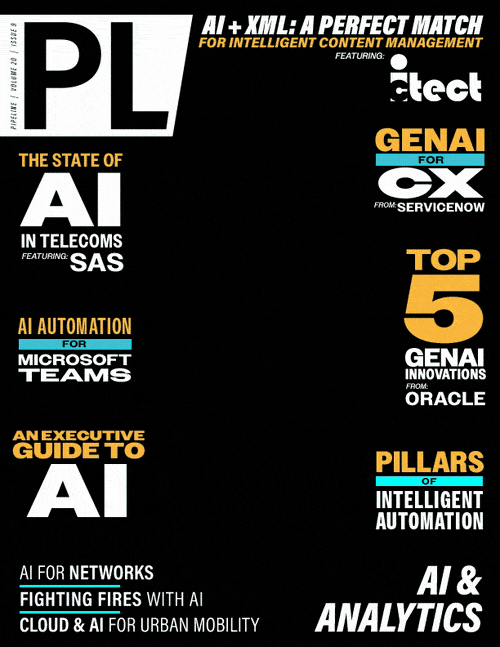Artificial Intelligence and Intelligent Content
Made for Each Other
productivity. The integration of AI and Intelligent Content also translates into substantial cost savings. By automating labor-intensive tasks, AI reduces the need for manual intervention, leading to lower labor costs. Moreover, AI-powered systems can operate 24/7 without the need for breaks, providing continuous service and reducing downtime.
In addition to direct labor cost savings, AI and Intelligent Content help organizations optimize their operations and reduce waste. For example, AI-driven analytics can identify inefficiencies in business processes, enabling organizations to streamline their operations and reduce costs. In the healthcare industry, AI-powered systems can analyze patient data to identify cost-effective treatment options, leading to better patient outcomes and lower healthcare costs.
Case studies from various industries highlight the tangible benefits of integrating AI and Intelligent Content. In the manufacturing sector, companies have used AI to optimize supply chain operations, resulting in significant reductions in inventory costs and improved delivery times. Similarly, in the retail industry, AI-powered recommendation engines have increased sales by delivering personalized product recommendations, enhancing the customer experience, and driving revenue growth.
Prudent Investment Strategies in a Rapidly Evolving Landscape
The rapid evolution of AI and Intelligent Content technologies presents both opportunities and challenges for enterprises. On the one hand, these technologies offer the potential for significant innovation and competitive advantage. On the other hand, the pace of technological change can make it difficult for organizations to keep up, leading to concerns about overinvestment and the risk of obsolescence.
The volatility of the market is further compounded by the diversity of AI and Intelligent Content solutions available. With new tools and platforms emerging constantly, organizations may struggle to identify the best solutions for their specific needs. This uncertainty can lead to hesitation in making substantial investments, as enterprises seek to avoid committing to technologies that may become outdated or fail to deliver the expected returns.
Given the current state of flux in the market, it is advisable for enterprises to adopt a prudent investment strategy. Rather than making large, long-term investments in AI and Intelligent Content technologies, organizations should consider a more incremental approach. By investing a few thousand dollars in pilot projects or proof-of-concept initiatives, enterprises can test the waters and evaluate the effectiveness of these technologies without incurring significant risks.
This approach allows organizations to gain hands-on experience with AI and Intelligent Content, enabling them to better understand the potential benefits and challenges. Additionally, it provides an opportunity to assess the compatibility of these technologies with existing systems and processes, ensuring smoother integration in the future. By starting small and scaling up gradually, enterprises can minimize their exposure to risk while positioning themselves to capitalize on emerging opportunities. We often say, “Don’t invest more than a few thousand dollars in AI and Intelligent Content — but DO invest a few thousand dollars.”
Programs to Mitigate Risks
Several programs and initiatives are available to help enterprises mitigate the risks associated with investing in AI and Intelligent Content. One such program is Microsoft End-Customer Investment Funding (ECIF), which offers financial incentives to organizations looking to adopt Microsoft technologies. ECIF provides funding for pilot projects, proof-of-concept initiatives, and other activities that demonstrate the value of Microsoft solutions, reducing the financial burden on enterprises and encouraging experimentation. Office 365 is a platform available to most organizations. Using Microsoft Copilot and Intelligent Content Tools (icTools) with Office 365 can quickly show results with a small investment, enabling you to make longer-term decisions. Other companies including Google, IBM, and Amazon offer similar programs to co-invest with their partners in proof of concept for enterprises.
Final Thoughts
The combination of AI and Intelligent Content offers significant potential for innovation and efficiency in various industries. However, it is crucial for enterprises to approach these technologies with a clear understanding of the potential challenges and risks. By focusing on high-quality data, leveraging AI for content management, and adopting a strategic investment approach, organizations can unlock the full potential of these technologies while minimizing risks.
Enterprise technology buyers, particularly those in communications, media, and other information-intensive sectors, should explore the benefits of AI and Intelligent Content. By investing in these technologies, even on a modest scale, organizations can position themselves to capitalize on future advancements and stay ahead in the competitive landscape. The key is to start small, learn from pilot projects, and gradually scale up as the technology matures and proves its value.


















